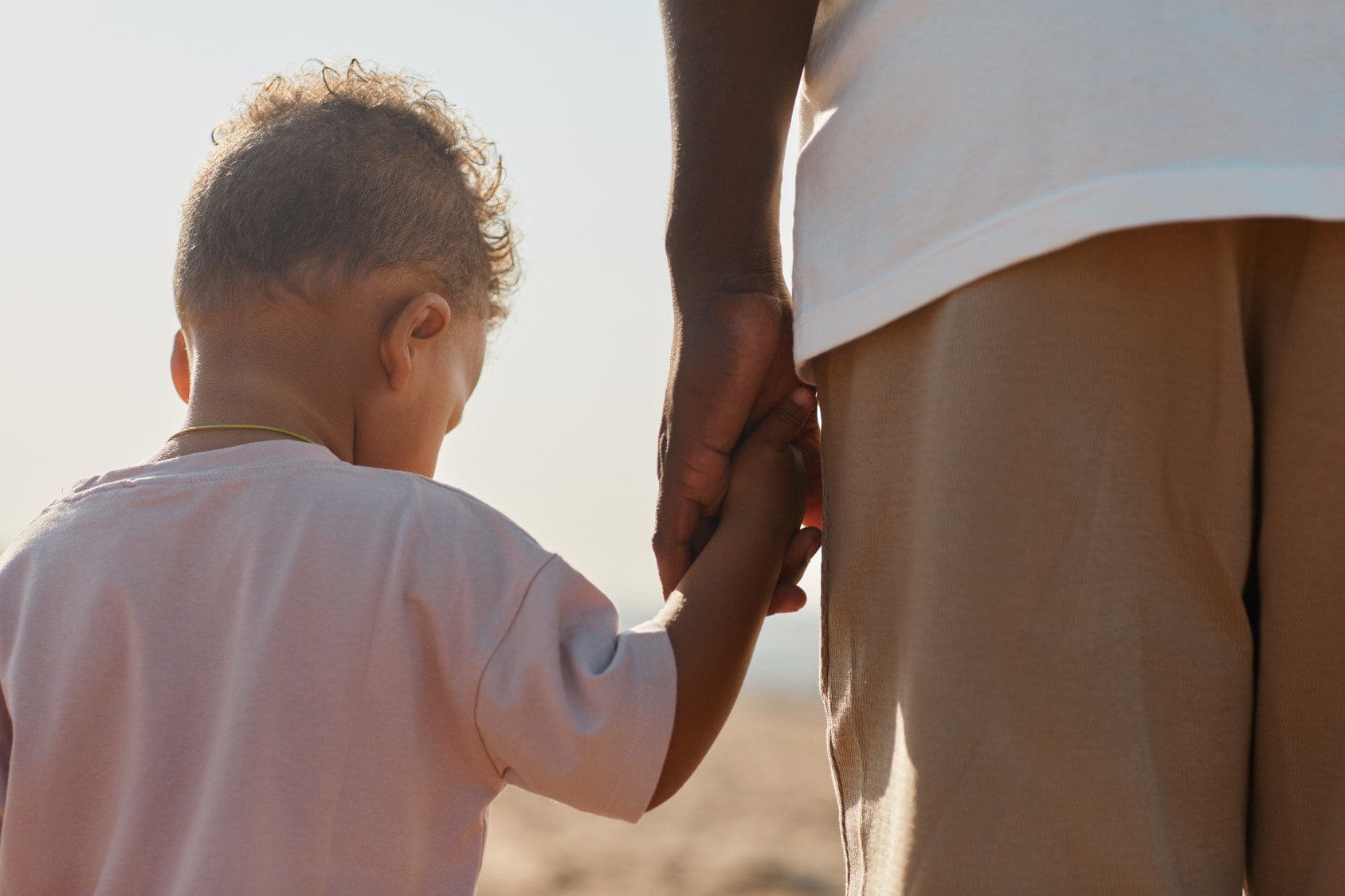See original post here.
In 2021,
when many American families were suffering from the financial fallout of the Covid-19 pandemic, the federal government tested a new approach to providing relief: putting extra money directly in the hands of parents. The American Rescue Plan, enacted in March 2021, temporarily boosted families’ annual child tax credit from $2,000 per child to $3,600 for each child under age 6 and $3,000 for each child aged 6 to 17 — and it distributed half of that credit in monthly payments throughout the second part of the year, rather than as a lump sum when caretakers filed their tax returns.
The advanced payments came with no strings attached, and no work requirements, leading some opponents of the policy to speculate that parents would use the money to buy drugs, spend irresponsibly, or take it as an opportunity to stop working.
In reality, a small preliminary survey suggests parents mostly spent the money on household essentials — such as utilities, food, childcare, and school-related materials — and the expanded child tax credit kept millions of American children out of poverty.
In what other ways did the policy affect kids’ wellbeing? What else can cash payments buy?
Recently, I set out with my collaborator, Angela Boy, to answer that question. We looked at patient data from Children’s Healthcare of Atlanta to identify cases of children being admitted to emergency departments for reasons attributed to child abuse and neglect — many of them suffering head trauma, gunshot wounds, bruises, broken bones, and other injuries. We specifically assessed how those admissions fluctuated during the six months of 2021 that the child tax credit’s advanced payments were distributed, and we compared them to the same time periods in preceding years when the advanced payments didn’t exist.
What we found was illuminating: During the four days immediately after a child tax credit payment was issued, the number of child-abuse-related emergency room cases dipped by about 22 percent, from more than seven cases a day to around six. The dip was especially pronounced for boys and non-Hispanic White children. The effect is specifically related to the child tax credit: Similar data from previous years did not show the same monthly dips in visits, and there’s nothing in the data to suggest that the dips were an artifact of the pandemic itself.
The declines in child abuse and neglect cases that followed each payment were short-lived; after four days, the case numbers went back up to their pre-payment levels. Still, the data suggest the policy of putting cash in parents’ hands might have helped keep many children throughout Georgia, and beyond, safe.
That conclusion is buttressed by another study I am currently conducting with colleagues from the University of Connecticut and Vanderbilt University. We find that unconditional payments of $1,000 to Alaskan families during the first year of a child’s life lead to a 10 percent reduction in child protective services cases, and that the reduction persists through the child’s first four years.
During the four days immediately after a child tax credit payment was issued, the number of child-abuse-related emergency room cases dipped by about 22 percent.
How, exactly, can cash prevent abuse? The mechanism is unclear, but a large body of work shows that financial relief can positively impact the lives of parents and children. Money may allow families to provide necessities such as books, toys, diapers, and clothing or help to put food on the table. It might allow parents to spend more or better quality time with their kids and form stronger connections, all of which can reduce violent and neglectful parenting behaviors. One recent study even suggests poverty reduction measures can induce changes in infant brain activity that are conducive to children’s cognitive development.
In 2022, lawmakers allowed the expanded child tax credit to lapse, many of them arguing that it was simply too costly. But there’s a strong argument to be made that cash payments to parents, in addition to being prudent public health policy, make economic sense.
Adjusting for inflation, the average survivor of child abuse and neglect will, over their lifetime, accrue about $1.1 million in expenses stemming from their maltreatment. This includes intangible costs borne by the victim — such as pain, suffering, and foregone earnings — and costs for child welfare, health care, criminal justice, and special education services that often come out of government coffers. In the U.S., that adds up to annual expenses of about $530 billion.
The one-year expansion of the child tax credit in 2021 cost the federal government $109.5 billion. Some recent proposals call for a more modest expansion that would be even less expensive. Those proposals, however, remain stalled in a Congress that has largely adopted the view that cash payments to families are an irresponsible use of taxpayer money.
For the sake of the estimated 3.9 million children who are thought to be abused or neglected in the U.S. each year, lawmakers might want to reconsider their stance.
About the Author:
Lindsey Rose Bullinger, Ph.D., is an assistant professor in the School of Public Policy at Georgia Tech. Her research examines how public policies affect children and families’ health and well-being.





















